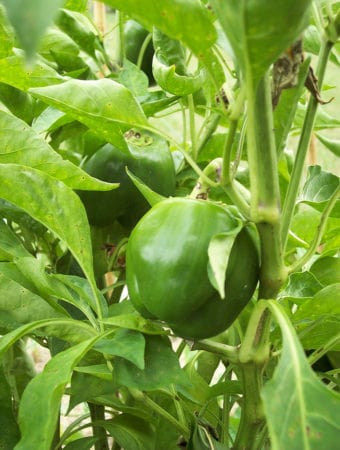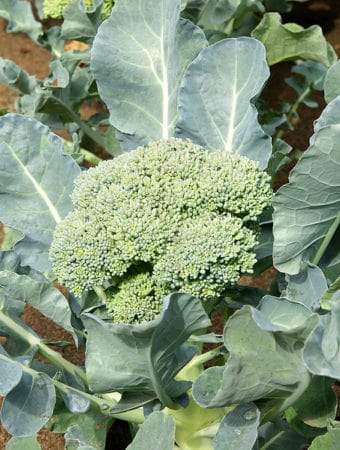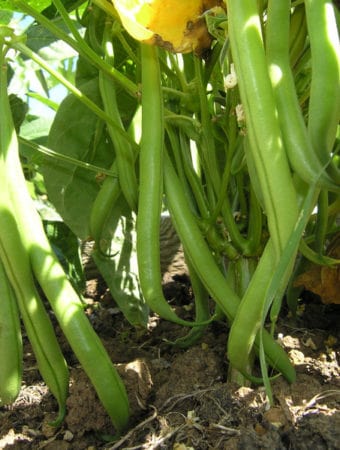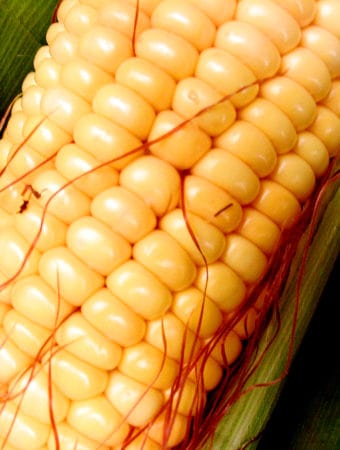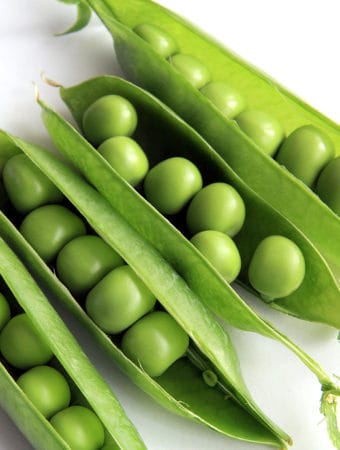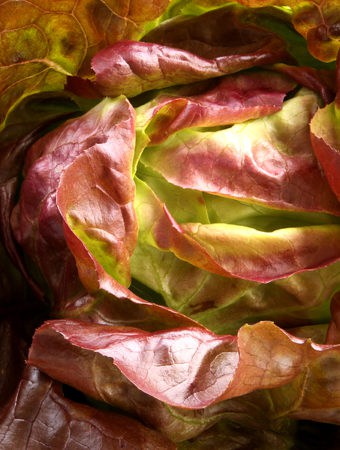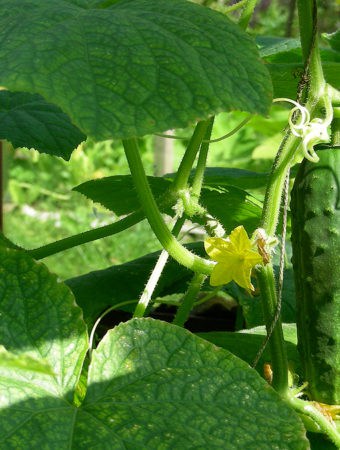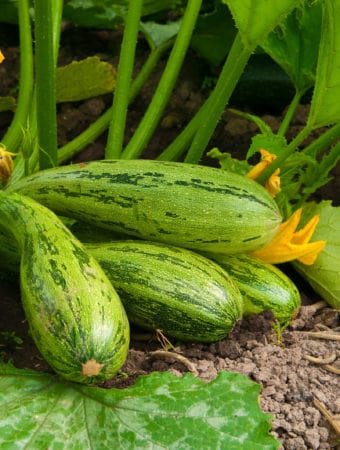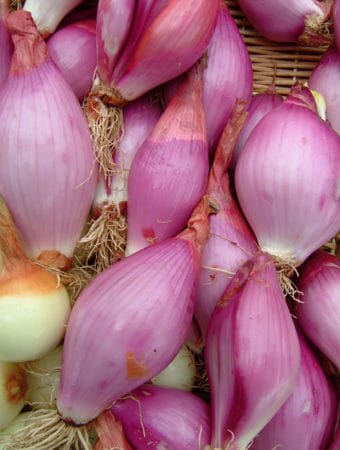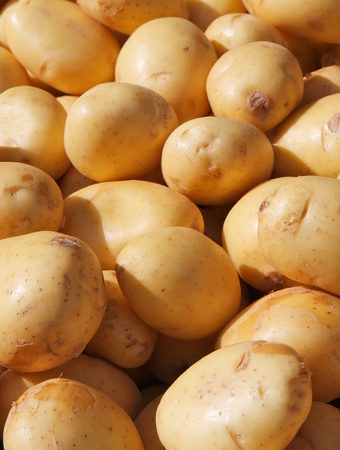Sanvitalia–commonly called creeping zinnia–is grown as half-hardy annuals for its colorful flowers that resemble miniature black-eyed Susans. Creeping zinnia both mounds and trails. Mounds are covered with ¾ inch (18mm) wide flowers. Raised purple-brown centers are surrounded by a ring of golden-yellow petals.
Plant Sanvitalia where it can trail over walls or cascade from hanging baskets or containers. Plants flower from midsummer until frost.
Good Products for Seed Starting Success at Amazon:
- Jump Start Germination Station w/Heat Mat Tray, 72-Cell Pack, Dome
- Espoma Seed Starting Mix
- 200 Count- Jiffy 7 Peat Soil Seed Starting Plugs
- Seed Starter Kit with Humidity Dome (120 Cells Total Tray)
- AgrobriteT5 Fluorescent, 2-Foot, Grow Light System
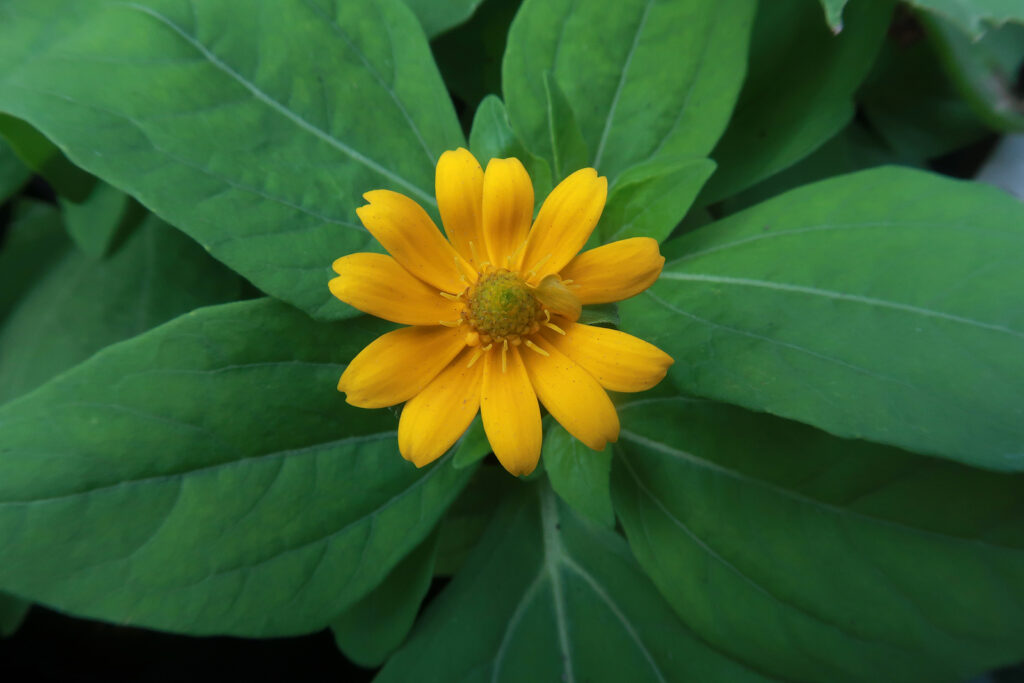
Get to know Sanvitalia — Creeping Zinnia
- Plant type: Half-hardy annual
- Growing zones and range: All zones
- Hardiness: Tender; thrives in heats; plants will be killed by frost
- Height and width: 6 inches (15cm) tall; 18 inches (45cm) wide
- Foliage: Simple, oval dark green leaves are pointed
- Flowers: Small flowers ¾ inch wide resemble black-eyed Susans with purple-brown centers surrounded by a ring of golden yellow petals.
- Flower colors: Orange, yellow, or white, with purplish brown centers
- Uses: Use as edging or filler in beds and borders; plant in hanging baskets and containers.
- Bloom time: Summer
- Common name: Creeping zinnia
- Botanical name: Sanvitalia procumbens
- Family: Asteraceae
- Origin: Southwestern United States and Mexico
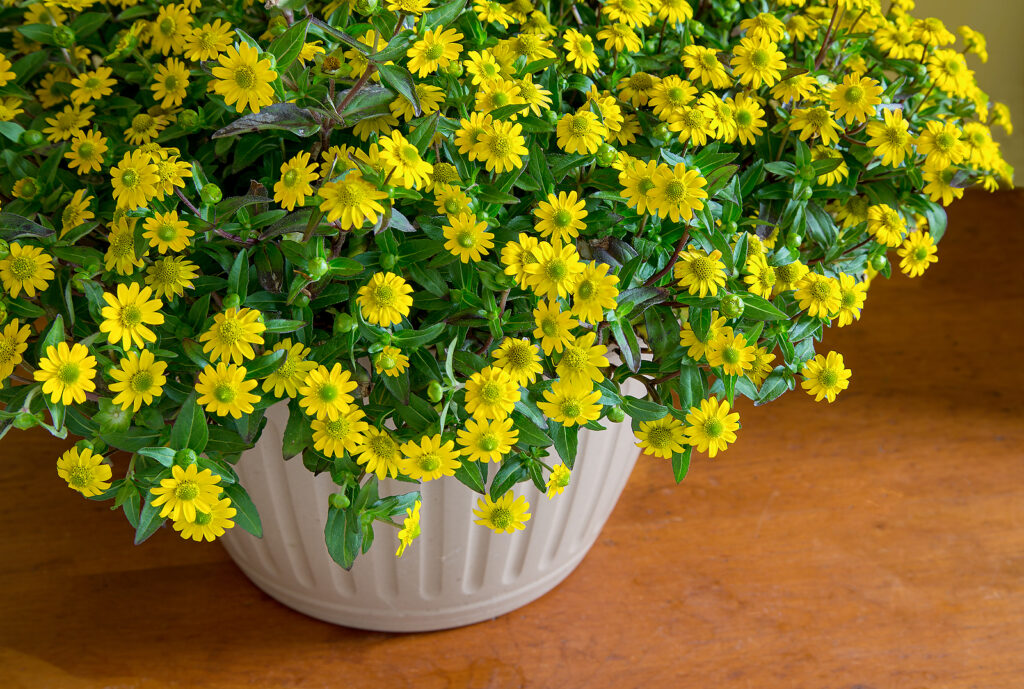
Where to plant Sanvitalia — Creeping Zinnia
- Grow Sanvitalia in full sun.
- Plant Sanvitalia in average, well-drained garden soil.
Sanvitalia — Creeping Zinnia uses
- Use Sanvitalia as an edging for a border or clumped in a rock garden.
- Sanvitalia makes a colorful ground cover in an annual or herbaceous border.
- Sanvitalia will cascade from a window box, trough, or hanging basket.
When to plant Sanvitalia — Creeping Zinnia
- Sow seed indoors 6 to 8 weeks before the last spring frost.
- Sow seeds outdoors where they will grow 1 to 2 weeks before the last expected frost.
- Sow outdoors in winter in Zones 10-11.
- Set transplants outdoors after all danger of frost has passed after hardening off seedlings for a few days.
Planting and spacing Sanvitalia — Creeping Zinnia
- Sow seed in individual pots so as not to disturb the roots at transplanting time
- Press the seed into the soil; do not cover it with soil. Keep seeds at 75° to 80°F (24°-26.7°C) until seeds germinate; afterward, reduce the temperature to 70°F (21°C).
- Grow from seed indoors in a bright window or under fluorescent light.
- Thin seedlings when they have 4 to 6 leaves.
- Set young plants in the garden after the last frost in spring.
- Sow seed directly in the garden after the last frost.
- Space plants or thin them to stand 8 to 12 inches (20-30cm) apart.
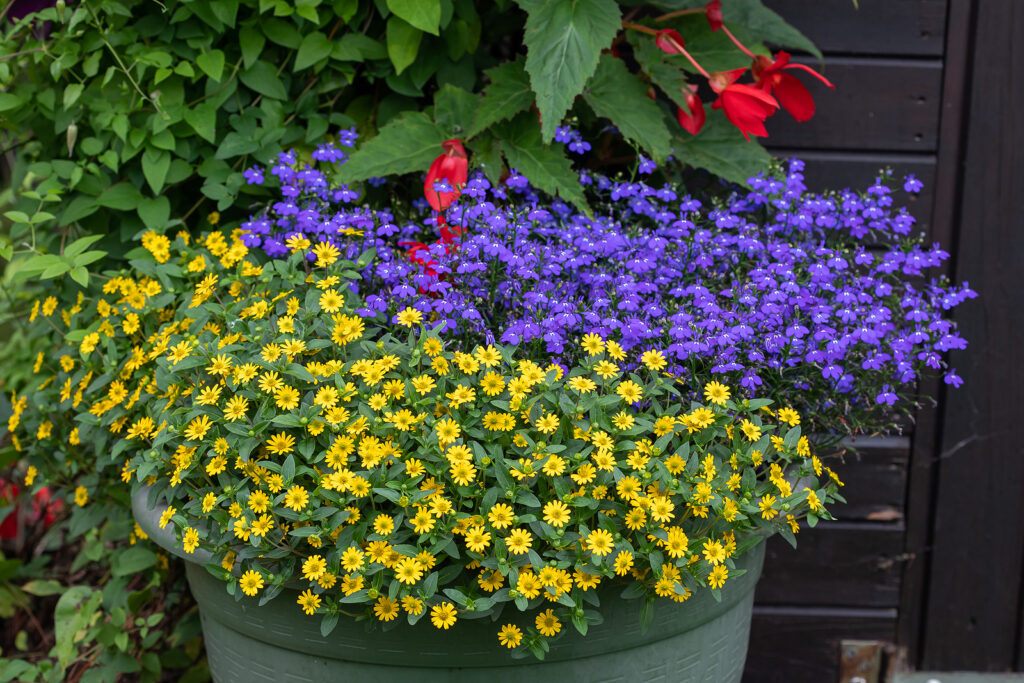
How to water and feed Sanvitalia — Creeping Zinnia
- Keep the soil evenly moist until established; mature plants can withstand slight drying between waterings.
- Fertilize creeping zinnia at planting time with an all-purpose fertilizer.
- Boost blossoms by applying a low-nitrogen, high phosphorus, and potassium fertilizer when plants are 4 inches (10cm) tall or taller.
Sanvitalia — Creeping Zinnia care
- Mulch around plants in dry summer regions; mulch with aged compost.
- Pinch back growth tips for bushiness.
- Deadhead plants to encourage more blooms.
Sanvitalia — Creeping Zinnia pests and diseases
- Sanvitalia is infrequently bothered by pests or diseases.
Sanvitalia — Creeping Zinnia propagation
- Seeds germinate in 7 to 14 days at 68°F (20°C).
- Sow seeds in the garden in autumn or spring.
Sanvitalia — Creeping Zinnia varieties to grow
- Sanvitalia procumbens, creeping zinnia. Prostrate, mat-forming annual with pointed, oval, mid-green leaves to 2 inches or more; bears single, black-centered, bright yellow flowerheads to 3/4 inch across.
- ‘Mandarin Orange’ has orange flowers and grows to about 6 inches (15cm) tall.
- ‘Gold Braid’ has double flowers and grows to 6 inches (15cm) tall and 12 inches (30cm) wide.
Sanvitalia frequently asked questions
Q: Is creeping zinnia truly a zinnia?
A: No, it is not a zinnia. It is a low-growing, wide-spreading annual that makes an excellent ground cover, ending, or hanging container plant.
Q: Can I start creeping zinnia indoors?
A: Yes, sow seeds indoors 4 to 6 weeks before the outdoor plant date. Creeping zinnia does not like transplanting so starting the plants outdoors where they are to grow is the best option.
Q: How do I care for creeping zinnia?
A: Creeping zinnia is easy to grow. Maintenance is minimal. The flowers fall cleanly from the plant as they fade. Plant creeping zinnia in full sun and light, well-drained soil. Creeping zinnia will tolerate drought; water when the soil starts to dry out.
Related Articles:
- 20 Perennials That Bloom for 6 to 8 Weeks
- Shrubs with Showy Flowers Season-by-Season
- Trees in Garden Design
- Growing Annuals for Summer Bloom
- Trees—click here for more articles
- Shrubs—click here for more articles
- Perennials—click here to see more
- Annuals—click here to see more



